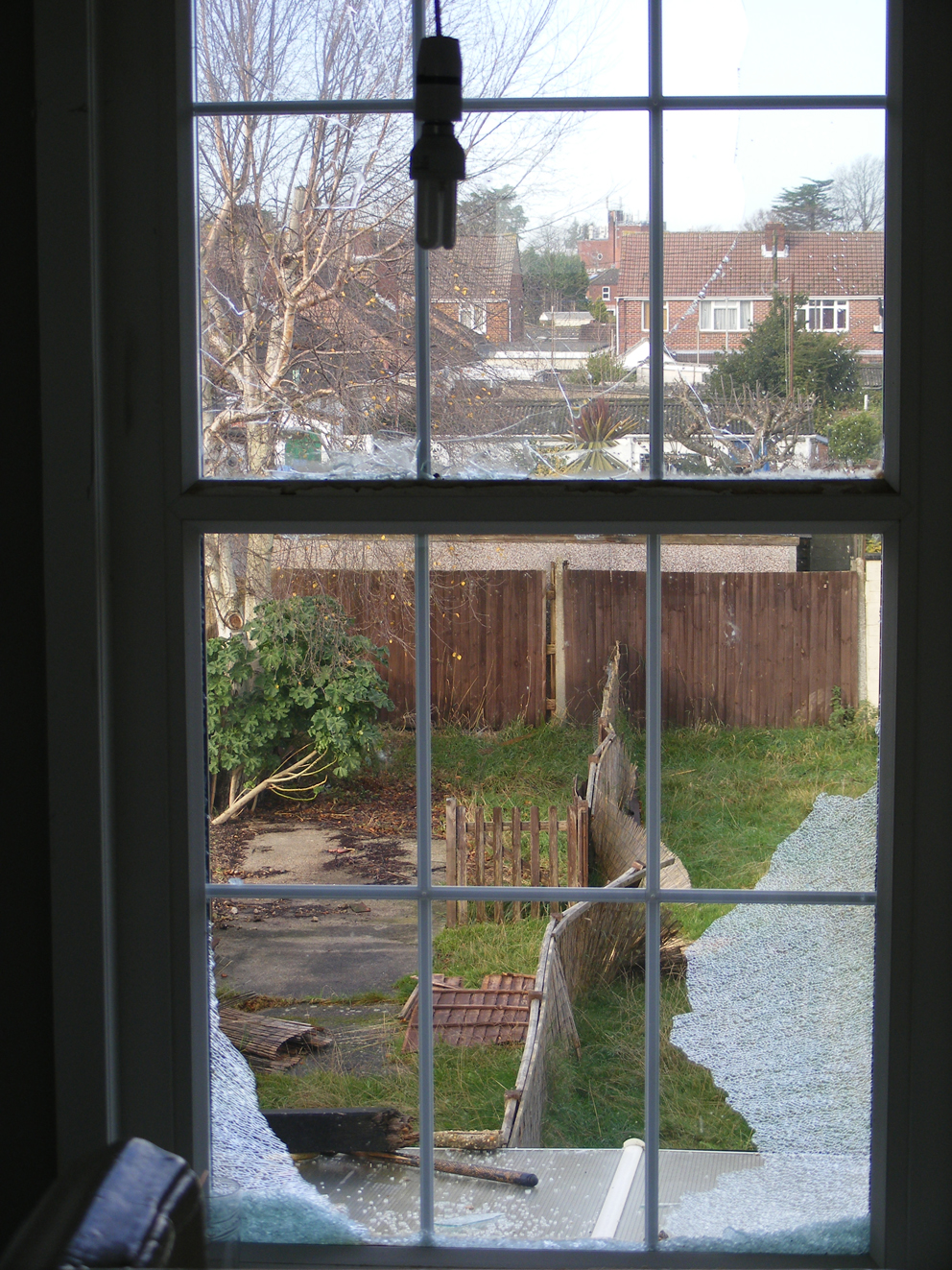
The risks to unattended or unoccupied properties are far greater than for occupied premises. Vacant properties are far more vulnerable to vandalism, arson, or simply to the impact of extreme weather, such as storm damage, or to utility leaks, which if unnoticed can severely damage the fabric of a building.
With these risks in mind, the vacant property experts, VPS Security Services, have listed the top seven dangers that need to be managed for empty properties, recently sharing this brief with members of the Royal Institute of Chartered Surveyors (RICS).
- Water Ingress, Flooding and burst water pipes.
Escape of water or flood damage is one of the most common types of domestic property damage claims, with insurers paying out £1.8 million for it every day. The damage that can occur to a property that is temporarily vacant can be significantly high if it is not known about, nor attended to, for some days or even weeks.
- Fire.
Arson accounted for 50% of all fires attended in 2017/18 by Fire & Rescue Services in the whole of the United Kingdom – figures that means of the 213,000 fires attended, over 100,000 of them were started deliberately. That’s the equivalent to a mind-boggling 273 fires EVERY DAY – and properties that are vacant are easier targets, and so bear the worst of these attacks.
- Fly-tipping.
In comparison to arson, fly-tipping statistics are even more alarming. Last year, local authorities
reported that there were just short of a million incidents of fly-tipping, or 2,700 times
daily. VPS has dedicated ‘clean and clear’ teams who do nothing else but remove waste, often
from the surrounding grounds or car-parks of clients’ properties that are temporarily vacant and therefore become a fly-tippers’ target. An operation they carried out for Tesco earlier this year received attention in the press because VPS deployed drones to highlight an illegal fly-tipping ‘hub’ that had been created by one of their superstores.
- Vandalism and theft.
These crimes can range from unwanted graffiti through to attempted break-ins and thefts, such as metal crime. Before it could be secured, one public house that closed down had three people in yellow high-visibility jackets pull up a truck alongside it, use ladders to climb onto its roof, and then steadily strip it of lead tiles, all in broad daylight.
- Squatting.
Since 2012, a law made residential squatting a criminal offence, so squatters now target more vacant commercial properties. Squatters gained access to an empty building in South Yorkshire by removing the window covering, forcing it open and cutting through internal security bars. The squatters detached tiles from a suspended ceiling, damaged the keypad entry system, wrote graffiti on the internal walls and damaged floorings. They also removed concrete blocks from the wall separating two adjoining units. The insurance claim for malicious damage was estimated at £65,000.
- Trespassers and urban explorers.
During the summer we run a campaign to warn the risks of children climbing onto derelict properties or playing in deserted buildings in their school holidays. (“Don’t Goof on the Roof“) Over 3,000 young people are estimated to take risks every week trespassing on derelict buildings or empty construction sites. Anyone who owns, or controls a site, has a legal duty of care to protect people on the site from foreseeable harm, and this duty even extends to people who are trespassing. People injured on a site, even if they are unauthorised trespassers, can sue the owners and managers for negligence and for responsibility for their injuries.
- Neglect.
Of course, none of the above may occur, but vacant properties can sometimes fall into disrepair just from being neglected, with simple maintenance checks and repairs unheeded.
Alongside these seven dangers, lies the seven deadly sins of mismanaging them: exposure to litigation, non-compliance, no evidence of inspections or care, DIY inspections, invalidating inspections, no recorded trail or, simply, no inspections.
When seeking properties to be protected, clients most common wish list boils down to three things:
- Efficient and simple key management
- Controlled, safe but fast access for inspectors, tradespeople, authorised personnel
- Reliable, transparent and honest security and guarding
